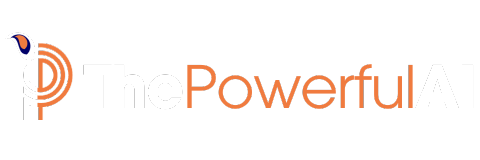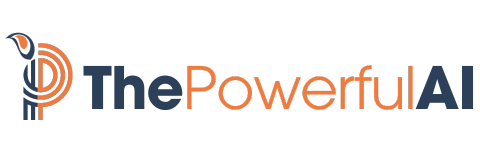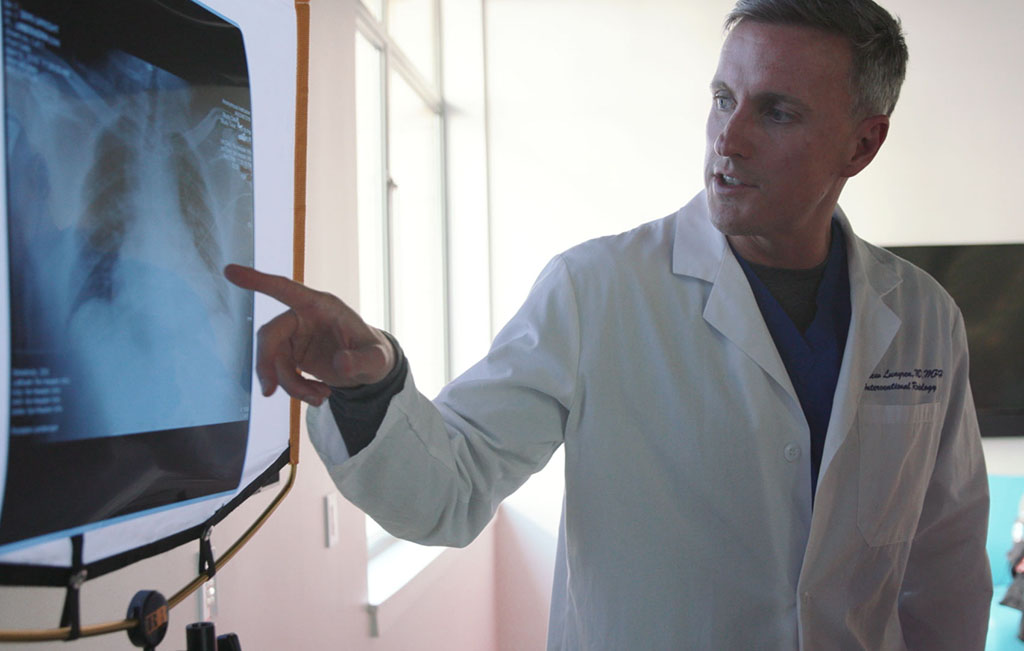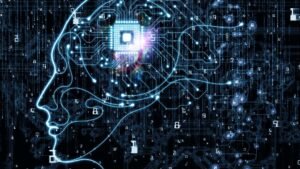Artificial intelligence is rapidly becoming a formidable opponent to radiologists in the screening of X-rays. Stanford researchers have developed a deep-learning algorithm that can accurately evaluate chest X-rays for signs of disease, surpassing the capabilities of human radiologists.
This breakthrough in AI technology has the potential to revolutionize the field of radiology, increasing efficiency and accuracy in diagnosing and identifying diseases. With its ability to recognize complex patterns and provide quantitative assessments, AI is proving to be a valuable tool in the healthcare industry.
As AI continues to advance, radiologists will need to adapt and collaborate with this technology in order to provide the best possible care for patients.

Credit: engineering.stanford.edu
Ai Vs Radiologists
Artificial Intelligence (AI) has become a prominent player in various industries, and healthcare is no exception. With its growing capabilities, AI is starting to rival radiologists in the field of screening X-rays. This development raises questions about the threat that AI poses to radiologists and the potential impact it may have on their roles in the future. In this article, we will explore the different aspects of AI versus radiologists, including the threat AI poses, the possibility of supplementing rather than replacing radiologists, and the disadvantages of AI in radiology.
The Threat Of Ai To Radiologists
As AI continues to advance technology, many radiologists are concerned about the potential threat it poses to their profession. AI algorithms are being trained to analyze and interpret X-rays with high accuracy, raising concerns about job automation and potential job losses for radiologists. With their ability to process vast amounts of data and learn from it, AI systems can quickly identify abnormalities and assist in diagnosing a wide range of conditions.
Furthermore, AI can perform repetitive tasks with great precision and consistency, potentially surpassing human capabilities in certain aspects of radiology. This efficiency and accuracy could challenge the role of radiologists and lead to a decrease in the need for human intervention in X-ray analysis.
However, despite these concerns, it is important to note that AI is currently limited in some areas of radiology, particularly in more complex imaging modalities such as MRI. Radiologists bring not only their expertise in interpreting images but also their clinical knowledge, patient interaction skills, and ability to consider contextual information. These unique skills are unlikely to be replaced by AI in the foreseeable future.
Supplementing Vs Replacing Radiologists
Although the rise of AI in radiology brings about concerns of job replacement, it is more likely that AI will supplement rather than completely replace radiologists. While AI algorithms can provide fast and accurate analysis of X-rays, their primary role will be to assist radiologists in their decision-making process. Radiologists will continue to play a crucial role in validating and interpreting the results provided by AI algorithms and incorporating these findings into comprehensive patient care.
By working together, AI and radiologists can enhance the efficiency and accuracy of diagnoses. Radiologists can leverage AI algorithms to prioritize and triage cases, allowing them to focus their expertise on more complex and critical scenarios. This collaboration between AI and radiologists has the potential to improve patient outcomes and optimize the utilization of healthcare resources.
Disadvantages Of Ai In Radiology
While AI brings numerous advantages to radiology, there are also several disadvantages that need to be addressed. One major challenge is the lack of standardization in AI models and algorithms. The development of consistent and reliable algorithms across different systems and institutions is necessary to ensure the accuracy and safety of AI-driven diagnoses.
Another disadvantage is the lack of explainability in AI systems. Interpreting the reasoning behind AI-generated diagnoses can be challenging, as these models often work as a “black box.” Efforts are being made to develop explainable AI algorithms that can provide insights into their decision-making process, increasing their trustworthiness and acceptance in clinical practice.
Furthermore, the availability of large and diverse validation datasets is crucial for training and fine-tuning AI algorithms. However, the limited availability of such datasets can hinder the development and implementation of AI solutions in radiology.
Lastly, the breach of privacy and patient data security is a concern when utilizing AI in radiology. Strict protocols and safeguards need to be in place to ensure that patient information is protected and used responsibly.
In conclusion, AI is proving to be a formidable rival to radiologists in screening X-rays. While it presents certain threats and disadvantages, it is more likely that AI will augment the capabilities of radiologists rather than replace them entirely. The collaboration between AI and radiologists has the potential to revolutionize the field of radiology and improve patient care. As AI continues to evolve, it is crucial for radiologists to adapt and embrace these technological advancements in order to stay at the forefront of their profession.
Advancements In Ai
Artificial Intelligence (AI) has made significant advancements in recent years, revolutionizing various industries, including healthcare. In the field of radiology, AI has emerged as a potent tool for analyzing medical images, such as X-rays, with remarkable accuracy. The development of new algorithms and machine learning techniques has paved the way for enhanced disease detection, particularly in the screening of X-rays.
New Algorithms For Detecting Diseases In X-rays
One of the key advancements in AI for radiology is the development of new algorithms specifically designed for detecting diseases in X-rays. These algorithms utilize deep learning and computer vision techniques to analyze large datasets of medical images and identify patterns associated with various diseases. By training these algorithms on thousands of X-ray images, they are able to learn how to accurately identify specific conditions, such as lung diseases or fractures.
Success Of Ai In Screening X-rays
The success of AI in screening X-rays has been remarkable. Studies have shown that AI algorithms can achieve comparable or even superior performance to human radiologists in identifying certain diseases. For example, researchers at Stanford University have developed a deep-learning algorithm that evaluates chest X-rays for signs of disease with exceptional accuracy. This algorithm is capable of detecting more than a dozen types of diseases, providing valuable insights to healthcare professionals.
Comparison Of Ai And Radiologists In Identifying Lung Diseases
When it comes to identifying lung diseases, AI algorithms have proven to be highly effective. In a comparative study between AI and radiologists, the AI algorithm outperformed radiologists in detecting lung diseases, including lung cancer and pneumonia. The AI algorithm demonstrated higher sensitivity and specificity, meaning it had a lower rate of false positives and false negatives compared to human radiologists.
Moreover, AI algorithms can analyze medical images at a much faster rate than radiologists, significantly reducing the time required for diagnosis. This not only improves patient outcomes but also enhances the efficiency of healthcare systems.
However, it is important to note that AI is not intended to replace radiologists but rather to augment their expertise. AI algorithms can assist radiologists by flagging potentially abnormal areas in X-rays, allowing radiologists to focus their attention on the most critical cases. This collaboration between AI and radiologists can lead to better and more accurate diagnoses, ultimately benefiting patients.
In conclusion, advancements in AI have revolutionized the field of radiology, particularly in the screening of X-rays. With the development of new algorithms and the success of AI in detecting diseases, such as lung diseases, AI has become a valuable tool for healthcare professionals. By leveraging the power of AI, radiologists can enhance their diagnostic capabilities and provide timely and accurate diagnoses to patients.
Frequently Asked Questions For Artificial Intelligence Rivals Radiologists In Screening X-rays
Is Artificial Intelligence A Threat To Radiologists?
Artificial intelligence is not a threat to radiologists. While AI can assist in screening X-rays, it is currently limited and unlikely to replace radiologists in the near future. AI is more likely to supplement their role rather than replace them completely.
Will Ai Replace Radiology Techs?
AI cannot replace radiology techs as it cannot match the expertise and experience of human radiologists. AI can supplement the role of radiologists but cannot replace them completely.
Do We Expect More From Radiology Ai Than From Radiologists?
Radiology AI is expected to supplement the role of radiologists rather than replace them completely.
What Are The Disadvantages Of Ai In Radiology?
Disadvantages of AI in radiology include lack of standardization, explainability, validation datasets, and breach of privacy. AI is not ready to fully replace radiologists, as it cannot replace their expertise and experience.
Conclusion
In the fast-paced world of medical technology, artificial intelligence has emerged as a formidable rival to radiologists in the screening of X-rays. With its ability to quickly and accurately analyze images for signs of disease, AI holds great promise in revolutionizing the field of radiology.
However, it is important to recognize that AI currently has its limitations, particularly in more complex areas such as MR imaging. While it may be a threat in some aspects, AI is more likely to supplement rather than replace the expertise and experience of human radiologists.
Ultimately, the future of radiology lies in the collaboration between AI and radiologists, offering a more comprehensive and efficient healthcare system.





